Is The Menu based on Noma? Considered the world’s best restaurant, Noma announced that it would be closing its doors. At the same time, The Menu premiered on streaming services. Ironic coincidence? Perhaps, but the similarities between the film and real-life restaurant are even more entertaining.
On January 9, The New York Times published an article that announced that Noma was closing its doors. The name may not be familiar to those not in the know, but those who spend time in culinary circles are aware of how momentous this occasion is. The three-Michelin-star has been considered the world’s best restaurant, being awarded the accolade by Restaurant magazine for four years and nabbing the first spot in the World’s 50 Best Restaurants Awards in 2021.
So you can imagine everyone’s surprise when the restaurant says it’s closing because it’s “unsustainable”.
But while the culinary world mourns and discusses the pending loss of an icon, the internet, being its true internet self, was enraptured by something else. The Menu, the satirical dark comedy that stars Ralph Fiennes, Anya Taylor-Joy, and Nicholas Hoult, premiered on streaming services around the same day. The interwebs couldn’t help but feel that Noma’s announcement and the film’s release was, to use web jargon, “sus” (that means “suspicious” for those who don’t know the lingo). Many have even hilariously suggested that The Menu is directly responsible for Noma deciding to shut down, undoubtedly because the film’s scathing commentary on the pretentiousness of fine dining seems to be directed at Noma and its contemporaries.
Spoilers are ahead for the film. You’ve been warned.
How Noma is similar to The Menu‘s Hawthorne
The arrival
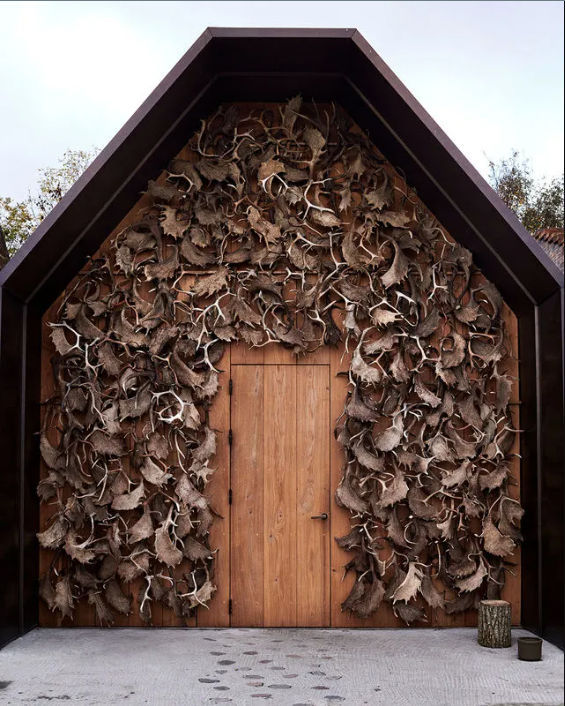
The restaurant in the film is named Hawthorne and is located on a picturesque island that the the guests have to reach by boat. Upon arrival, they are given a short tour around the island where they see where the produce is grown, where the scallops are caught, and even where the staff live, before being taken to the restaurant itself. The minimalist architecture of the restaurant greets the excited guests who are unaware of the horrifying things they’re about to experience.
Noma welcomes its guests similarly. A staff member walks you down a pathway that’s flanked with grassy fields. You get to see the greenhouses where the produce is grown. And then you finally arrive at the restaurant proper, as minimalist as its film counterpart and equally mysterious. Guests can rest easy though knowing that their meal at Noma won’t be as bloody as Hawthorne’s.
Noma vs The Menu: The dishes
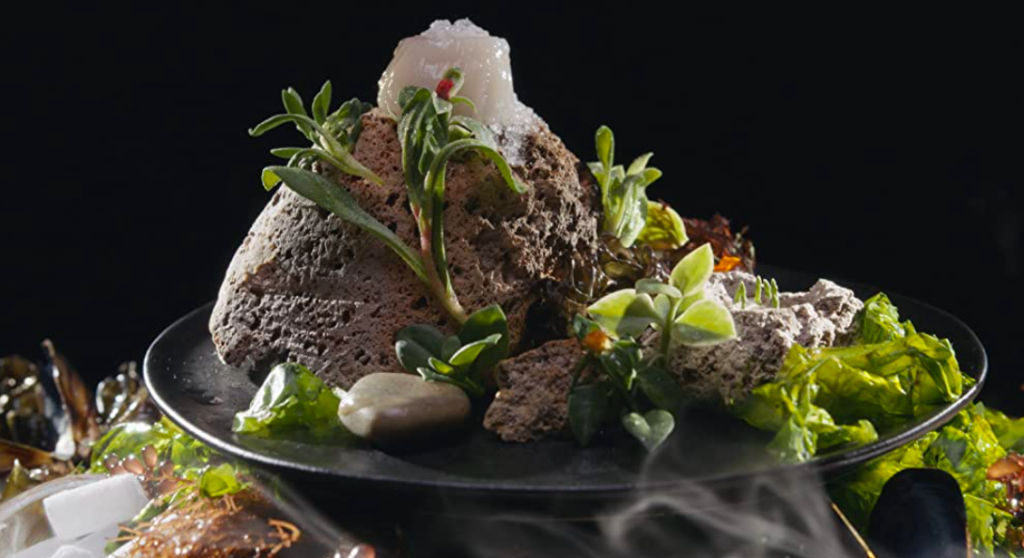
Julian Slowik, the chef of Hawthorne played by Ralph Fiennes, prepares a theatrical and ridiculously artsy menu for his doomed guests. The courses include dishes like The Island, which is basically vegetables and a scallop served on rock, and the Breadless Bread Plate. It’s exactly what it sounds like.
At Noma, one of its signature dishes is the Hen and Egg. We can try to use superfluous words, but let’s be real: it’s a fried egg. On top of that, it’s a fried egg you have to cook yourself. This might be a good time to remind you that guests pay at least USD$500 to eat here.
Another Noma signature dish is the Veal Fibres, which is pretty self-explanatory. Any chance I could have the veal itself instead?
Noma vs The Memu: The staff
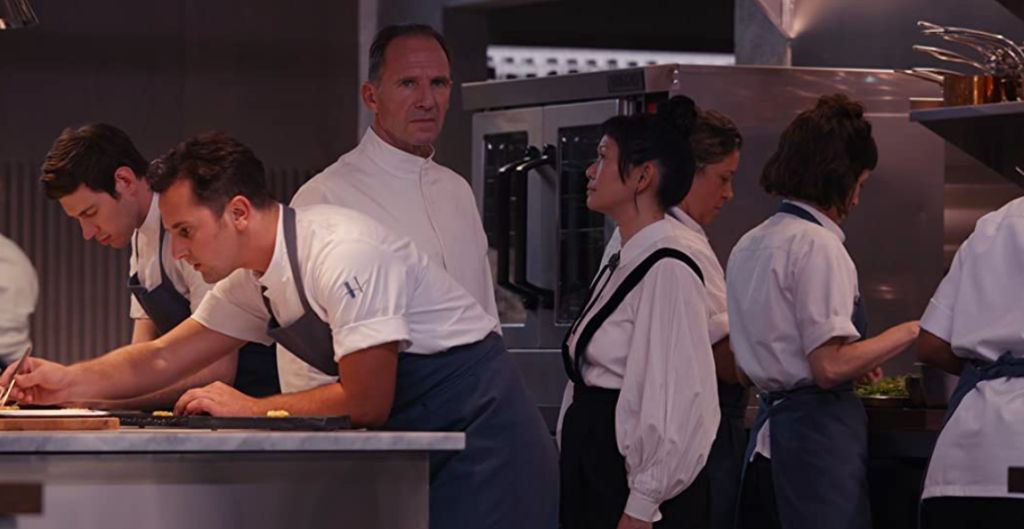
The guests at Hawthorne marvel at the restaurant’s staff and call them a “marching band”; that is, of course, until they realise that the staff are all almost robotically following their Chef’s every beck and call, even dying with him in the end. While Noma’s staff aren’t as fanatically devoted to their chef as Hawthorne’s, Noma’s chef, René Redzepi, has said that long and difficult hours are required at the restaurant, which means staff have to be dedicated. This also hearkens to a moment in The Menu where the guests discover on their tour of the island that the workers live on the island because it’s easier that way.
NYT has noted in its article that Noma’s staff’s working conditions have come under scrutiny as well as the staff of other restaurants. The article claims that the workers are “paid poorly or not at all”. Redzepi himself has admitted in an apologetic and introspective article that he has been a “bully” to his staff members in the past. It certainly can’t be worse than the film’s Chef Slowik, who calls his sous-chef unremarkable and pushes him to do something horrific. It’s definitely not as bad as the revelation that Slowik sexually harrassed someone on his staff. He gets stabbed in the thigh for it though. I’m pretty sure Noma doesn’t do that.
The show
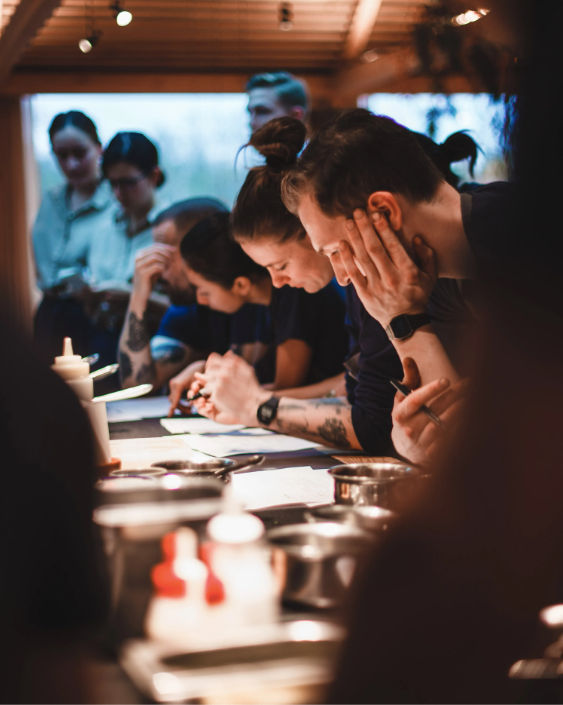
Everything at Hawthorne was steeped in theatrics, so much so that when something jaw-droppingly awful occurs in front of the guests, the food critics in attendance were convinced it was all part of the show. The Menu, of course, exaggerates to satirise, but Noma bears a resemblance. Insider’s review says, “Noma is, in many ways, more than a meal. It’s lunch, a show, a lesson on agriculture and Danish history, and a trip to an exhibition all rolled into one.” Coincidentally, a character in the movie says a similar thing about Hawthorne and Slowik.
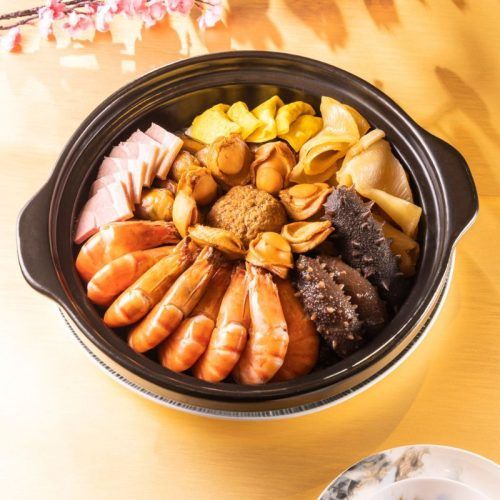
5 Restaurants Offering The Most Delicious Poon Choi, Hong Kong’s Lunar New Year Speciality

Noma vs The Menu: The chef
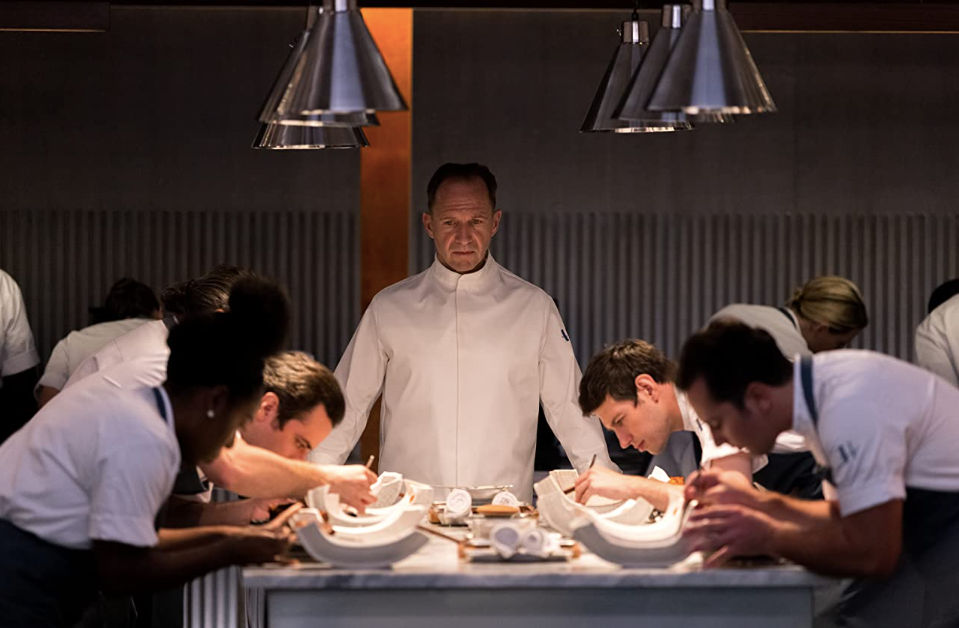
Ralph Fiennes’ Julian Slowik reveals his true intentions later in the film: he has lost his passion for cooking and he feels the guests in the restaurant contributed to that. From Nicholas Holt’s character Tyler, a fanboy dining know-it-all who Slowik credits as the type of person that undermines the true nature of cooking, to John Leguizamo’s actor character who, unfortunately, starred in a horrible movie Slowik had the misfortune to watch on his only sacred day off.
René Redzepi isn’t vindictive nor does he want to burn Noma to the ground with his staff and guests to make an “elevated” version of s’mores. But his sentiments behind the decision to close Noma are a little similar to Slowik’s: “It’s unsustainable. Financially and emotionally, as an employer and as a human being, it just doesn’t work.” It seems that Redzepi has found himself at the end of his rope, much like Slowik has, except he’s not resorting to violent means to let off steam.
This story first appeared in Prestige Thailand












